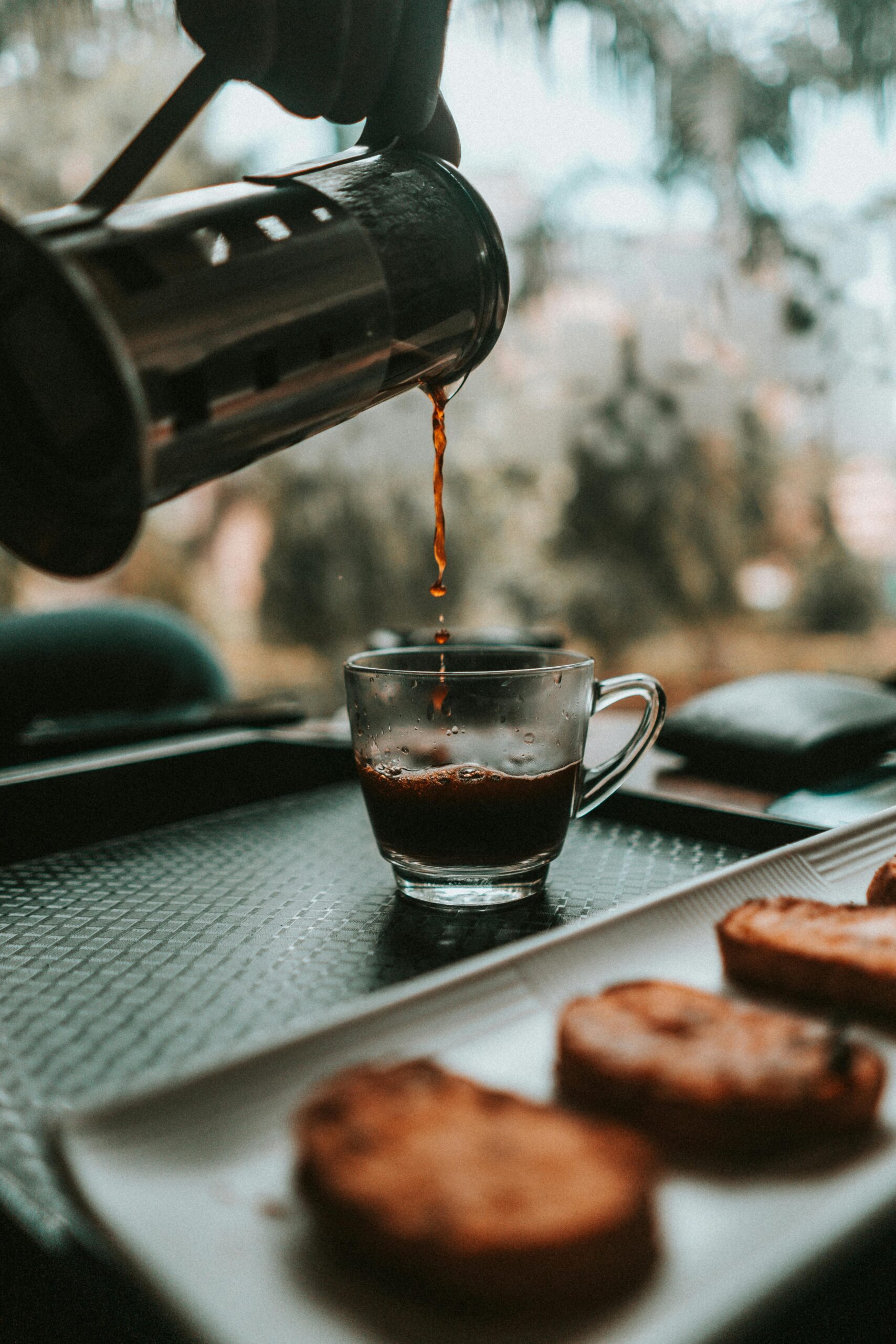A Phoenix in the Coffee World
For decades, the coffee world has been dominated by two species: Coffea Arabica and Coffea Canephora (Robusta). Whether in specialty cafés, producer fairs, or cupping tables, these two varieties have shared the global spotlight. But something unexpected is happening. A long-forgotten species is making a comeback among baristas, roasters, and curious coffee lovers: Liberica coffee.
With its exotic flavor profile and turbulent history, Liberica is returning to the global stage — bringing diversity, depth, and a bold sensory revolution.
What Is Liberica Coffee?
Originally from West Africa — specifically Liberia, which inspired its name — Coffea Liberica was discovered in the 19th century. Its towering height, wide leaves, and unusually large cherries set it apart from its more popular “cousins.”
Unlike Arabica, which tends to be delicate, and Robusta, known for its intensity and resilience, Liberica stands out with its aromatic complexity, medium acidity, bold body, and unique notes that often evoke wood, wildflowers, overripe fruit, and even sweet tobacco.
During the great coffee rust crisis in the late 1800s, farmers in the Philippines and Malaysia turned to Liberica for salvation. For a brief moment, the species flourished — then vanished from the global scene.
Why Did Liberica Disappear?
The main reason Liberica coffee vanished from the global market lies in its incompatibility with mass production. The trees can grow over 10 meters tall, making both manual and mechanical harvesting difficult. Its flowering and fruiting are also less predictable, leading to inconsistent yields.
In the 1920s and 1930s, as the world embraced standardization — seeking consistency, volume, and logistics-friendly crops — Liberica lost ground. Arabica became the premium standard, and Robusta, the workhorse.
But while the world forgot, small communities in Southeast Asia quietly preserved Liberica, maintaining its unique genetics and cultural legacy. And that’s where the rediscovery began.
Rediscovered: When the Exotic Becomes Luxury
In recent years, the rise of specialty coffee brought a renewed appetite for rare, bold, and unconventional flavor profiles. The new wave of baristas, Q-graders, and coffee sommeliers crave authentic experiences with deep terroir and rich storytelling. And Liberica offers exactly that.
Producers in Malaysia, the Philippines, Indonesia, Uganda, and even parts of Central America are now experimenting with fermented, honey, and washed Liberica micro-lots, with meticulous post-harvest methods. The results? Unexpected and unforgettable.
At global events like the World Brewers Cup and SCA Expo, Liberica is drawing attention as a rare gem for those who want to explore beyond Arabica and Robusta.
What Does It Taste Like?
If you’ve never tasted it before — be prepared. Liberica is not for beginners. It challenges the palate trained for typical chocolatey or fruity Arabicas.
Depending on the origin and processing, you may find:
- Smoky and herbal notes, reminiscent of black tea, leather, or eucalyptus.
- Fermented tropical fruit flavors like jackfruit, durian, or mango.
- Bold floral aromas such as jasmine or orange blossom.
- A long, sweet, earthy finish — sometimes winey or reminiscent of natural wine.
It’s typically full-bodied with lower acidity, making it a great match for immersion brews like French Press, Clever, and cold brew.
The Market Challenges and the Liberica Opportunity
Despite growing interest, Liberica’s resurgence faces several challenges:
- Low yield and tall trees make harvesting inefficient.
- Consumer unfamiliarity with its strong, unique taste.
- Limited infrastructure for high-quality processing and export.
But here’s the twist: Liberica is naturally resistant to coffee rust and climate stressors. While Arabica struggles with global warming, Liberica thrives. This is positioning it as a potential key player in the future of sustainable coffee farming.
Is Liberica the Future of Specialty Coffee?
We are witnessing a turning point. For the first time, the specialty market is mature enough to embrace diversity as an asset — not a challenge. Liberica doesn’t need to replace Arabica. It simply offers something different — a rare, memorable alternative for adventurous palates.
Innovative roasters are already crafting limited-edition Liberica offerings. High-end coffee shops host side-by-side tastings comparing Arabica, Robusta, and Liberica. Educators and certifiers are starting to include it in their courses on rare coffees.
What was once a botanical curiosity is now an emerging frontier for flavor, storytelling, and innovation.
Ready to Rediscover Coffee?
If you’re a barista, roaster, café owner, or just a true coffee explorer, don’t ignore the whisper of this forgotten species. Liberica coffee is back — not as a replacement, but as a call to explore, to diversify, and to reconnect with the unknown.
Because sometimes, what the world forgot is exactly what we need to fall in love with coffee all over again.

